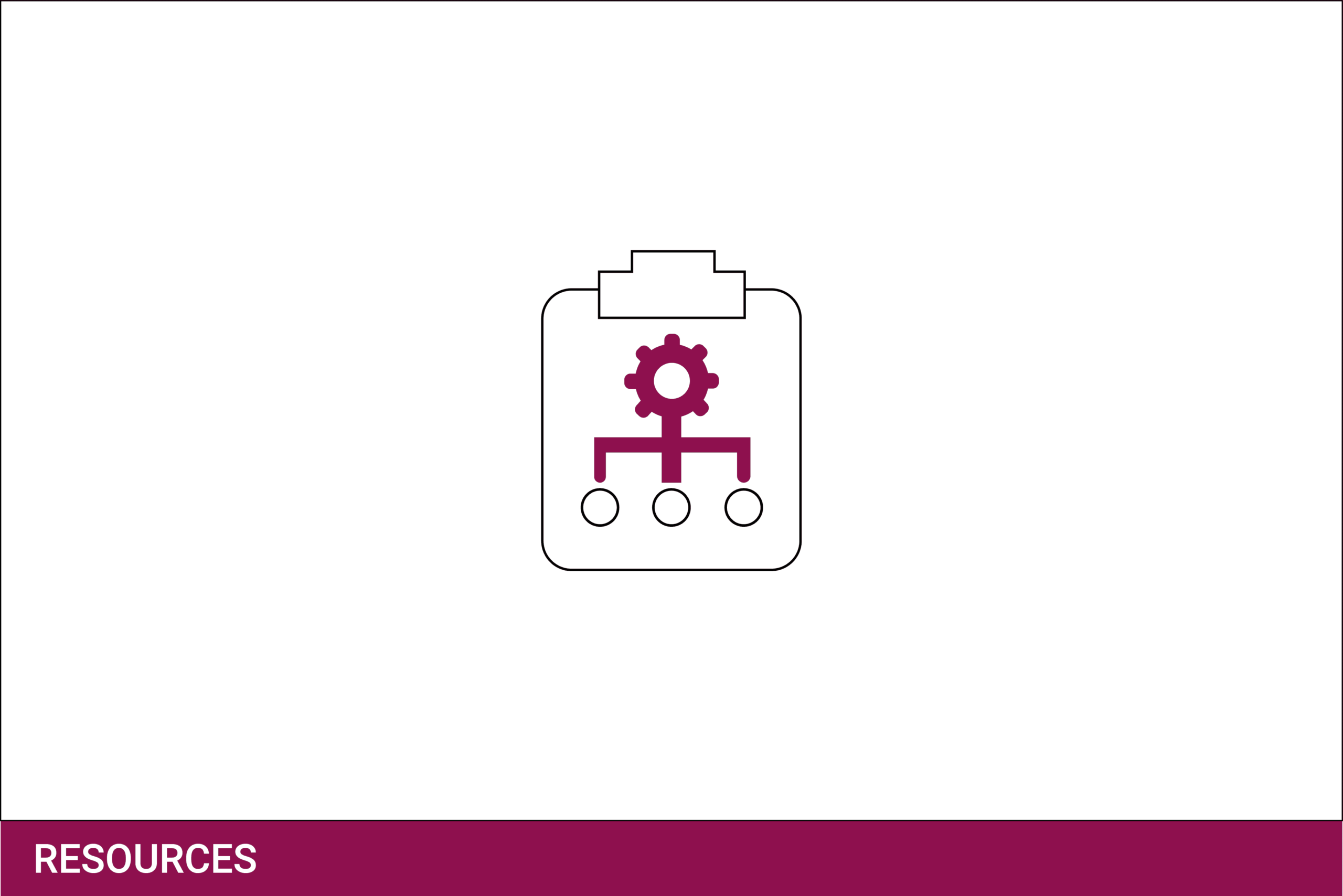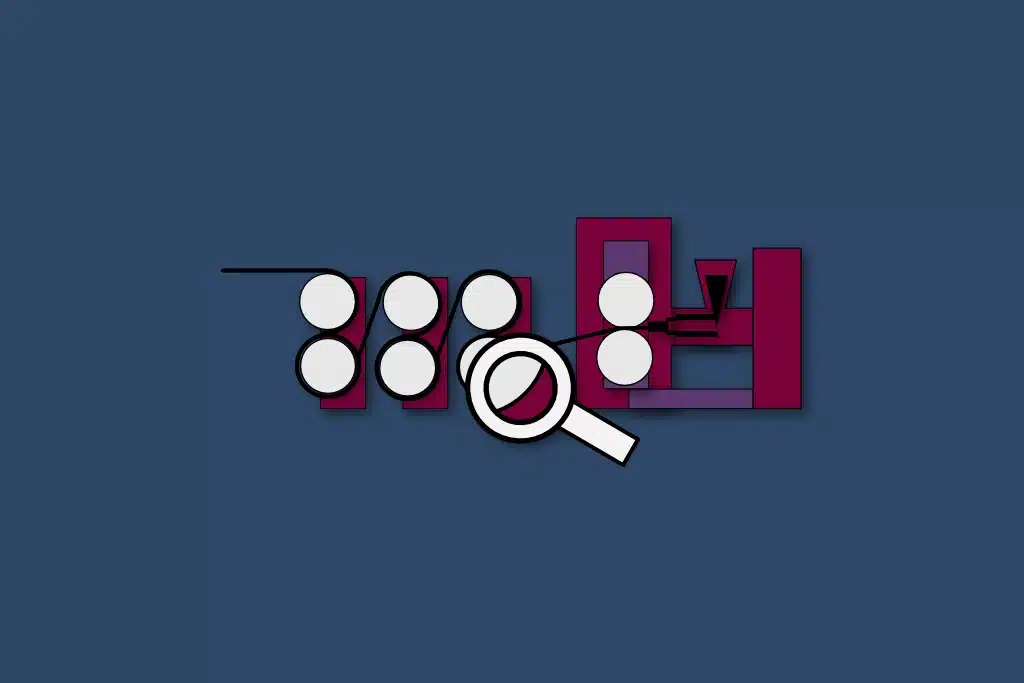Combustible dusts
There is a very wide variety of flammable dusts. These include common materials such as wood, tea, flour and sugar as well as less common materials such as anti-oxidant additives, powdered flavourings, herbs and spices.
Dust from metal processing is less predictable- most steel and iron dust is non-flammable, but unoxidized aluminium dust is especially hazardous.
While the flammable dust is settled on a workbench, it does not produce a particular explosive risk. When dust is handled at a small scale or produced in polishing tasks, there may be some dust suspended in air, but there is unlikely to be enough to explode.
Dust explosions – clouds
The risk is when the dust is suspended in air above the ‘minimum explosive concentration’ (MEC). For wood and most other organic material, the MEC is around 50g/m3.
In contrast, the dust limit for COSHH purposes is around 5-10mg/m3, 4 orders of magnitude less than explosive concentrations. These very low concentrations are really only visible using a dust lamp or sunbeam at the correct angle. So generally speaking, the dust is unlikely to be at explosive concentrations at the point where it is generated by an operator or machinery.
Combustible dust and its relationship with mechanical and electrical equipment
In most cases, explosive dust clouds are likely either inside equipment (such as a silo, mill, sieve etc) or inside the dust collector itself. Dust extraction devices such as the local extraction ventilation (LEV) systems are often used to protect workers from harmful dust. If the duct transport velocity is high enough to keep the dust suspended, flammable dust concentrations are unlikely inside the ductwork.
However, the dust will accumulate on the ‘dirty’ side of the filters. When these filters are cleared, either mechanically or by pulses of compressed air in the opposite direction of airflow, the filter cake falls down to the collection bin as a dust cloud that may well be in explosive concentrations.
We can thus say that the ‘dirty side’ of the dust collector is likely to contain a flammable dust cloud occasionally, frequently or even continuously if there are several filters being cleared sequentially.
DSEAR risk hierarchy
Following the DSEAR risk hierarchy, if explosive atmospheres cannot be avoided, there should be a careful assessment of whether there are any potential ignition sources in that space. The moving parts of the fan may act as an ignition source via mechanical sparks, hot surfaces, heat etc.
While an explosion proof ATEX rated fan is first prize, it is not always necessary to throw out your old non-ATEX fan and replace with expensive ATEX equivalents:
If the fan is on the ‘dirty’ side of the filters (extraction ducting → fan → filters), then the fan comes into direct contact with dust-laden air. Before throwing it out to replace with ATEX, it is worth asking the question of whether the dust-laden air could be in flammable concentrations. It might be possible to find data on how much dust is produced and how much air passes though the fan. We might also be able to find data on what portion of the dust is fine enough to be considered explosive. With luck, we can get an ‘average’ explosive dust concentration through the fan over a weekly, monthly or quarterly period. The average is clearly not the same as peak concentrations that are expected periodically, but as a rule of thumb, if the average concentration is less than an order of magnitude of the explosive concentration, the non-ATEX fan is probably going to be okay.
If the fan is on the ‘clean’ side of the filters, the moving parts should be dust free. However, in DSEAR we must consider a range of fault scenarios, which would include the filter tearing. If the filter were to tear while there was a filter cake of dust on the dirty side, a dust cloud is possible through the moving parts of the fan, and this cloud could be in a flammable concentration.
To assess the ignition risk, we may do a similar calculation to work out how much filter cake might be on the filter and thus whether the dust laden air passing though the torn filter is likely to be flammable.
We can also do a non-electrical ignition risk assessment (NEIRA), where the moving parts of the fan are assessed for individual types of ignition risks. Sigma-HSE has undertaken hundreds of NEIRA’s on behalf of clients and these are done in compliance with guidance from British Standards.



